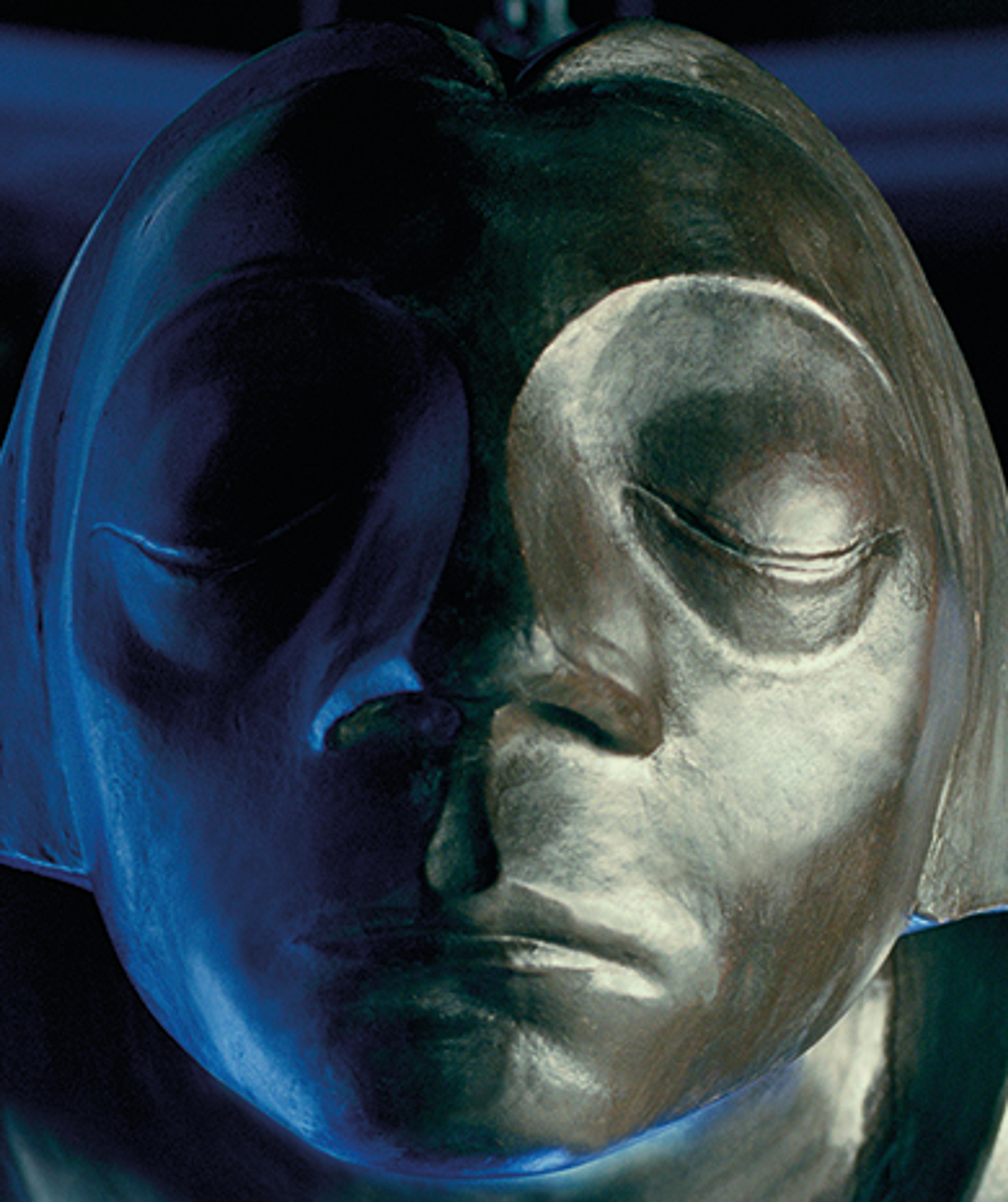
26.01 - 27.04.2014
Markus Lüpertz Paintings, Skulptures, Texts 1964 - 2014
Markus Lüpertz's often oversized paintings and sculptures are characterized by mysterious suggestive power and archaic monumentality.
Barlach Art Museum Wedel
Markus Lüpertz is one of the best known and most influential contemporary German artists. His often oversized paintings and sculptures are characterized by mysterious suggestive power and archaic monumentality and have often been described as a specific form of German Neo-Expressionism - an attribution Lüpertz has repeatedly defended himself against, because he does not understand himself and his work formally, but wants to be understood as a passage to the myth of history. Art is at the same time access and interpretation of the artist`s world, who especially likes the misunderstanding, because it challenges him to prove his genius once again.
Even the young Lüpertz countered the then predominant abstract tendencies in painting with an extremely individual, powerful pictorial world of large-scale representations of representational motifs. In 1966 he presented the idea of the "Dithyrambic Concept" for the first time, in which he referred to Dionysus, the god of life affirmation and eternal return. In reference to Nietzsche's Dionysus Dithyrambs, "Dithyrambic Painting" is intended not only to evoke euphoric enthusiasm in the viewer, but at the same time to evoke disorder and chaos within a strict formal structure. In the Dithyrambe, a mixture of intoxication and realism, everything potentially merges into one another; there is nothing isolated, for the contrasts of figuration and abstraction coagulate in the picture into a great synthesis. In 1968, in the "Dithyrambic Manifesto" it says: "The grace of the 20th century is made visible through the dithyramb I invented."
In an intensive examination of German history, Lüpertz painted predominantly symbolic motifs such as steel helmets, shovels, chariots and flags in monumental formats until the end of the 1970s, thus pointing to the past that had not been overcome. Associations with National Socialism and war are conjured up, but the painter's brushwork and earthy, muted choice of colors rob the former symbols of power of their aura. Until the mid-1980s follows the phase of "style painting", which frees itself almost completely from representational motifs and breaks new painterly ground in the uninhibited play with surface and volume-forming forms. In addition to his preoccupation with the French painters Corot and Poussin, he began in the mid-1980s to explore themes of classical antiquity in painting and sculpture, an exploration that continues to this day. Between 1993 and 1997 Lüpertz painted the series of pictures "Männer ohne Frauen - Parsifal" ("Men without Women - Parsifal"), which, in reference to Richard Wagner's last opera, is devoted exclusively to one theme: redemption from eternal temptation and the world dominated by male fantasies. With the end of the 1990s, a strikingly new, metaphysical dimension enters the artist's oeuvre. Landscape, nature, and cultural history intertwine to form new pictorial spaces in order, as Lüpertz once said, "to stop the world. That is the artist's desire."
In his sculptures, Lüpertz seeks the simplicity of the archaic, using predominantly the traditional methods of bronze casting. Even though in his sculptural works he consciously points out the abysmal, the disfigured, and the imperfect in the human figure, the bronzes, painted in color according to ancient models, still carry the memory of the sublime and the perfect.
You don't have to like it," as Hans-Joachim Müller wrote in 2009, "the confessing genius, the dandy, his old German masculinity, the silver knob on the walking stick, this imperious travesty of the grandmaster. But one should not be blinded by this to the actual material of Lüpertz's epic."
"Markus Lüpertz, Paintings-Sculptures-Texts, 1964 - 2014" is an exhibition of the Ernst Barlach Museumsgesellschaft Hamburg, which can take place thanks to special support from the city of Wedel and the Galerie Michael Werner. On display are around 80 paintings, sculptures, books and texts by the artist, providing a broad overview of Markus Lüpertz's artistic output.







